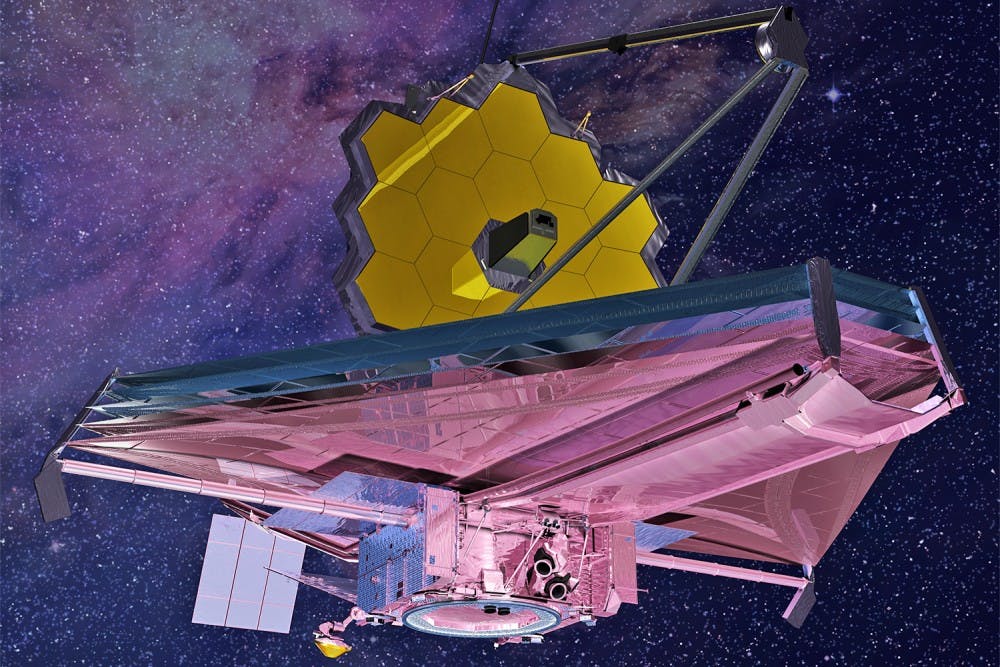Instead, he went on to become the second administrator of NASA, leading from behind the scenes and allowing others to get the glory.
“When he was a NASA administrator, he was happy to have the astronauts and others in the limelight,” said Jim Webb Jr., his son, in an email. “As a result, many in the public have little awareness of the skillful management he performed in the background that kept the massive Apollo project on track.”
In honor of all his contributions to the Apollo missions, he will be the namesake of the successor of the Hubble Space Telescope. In 2018, NASA will use a rocket provided by the European Space Agency to launch the James Webb Space Telescope nearly 1.5 million km from Earth.
“He had a very pivotal role very early in NASA’s life,” said Rachel Osten, the deputy project scientist for the telescope. “He is the administrator who is credited with making sure the missions to the moon were a success.”
She said the telescope’s main feature is its new foldable mirrors made out of 18-segmented pieces of beryllium. Osten said that this helps get JWST to its final destination.
“Everything has to be packed up into a very tight space,” she said.
Once in space, the mirrors will see mostly in the infrared section of the light spectrum instead of the visible section, like Hubble.
According to NASA, this is important because many of the stars and planets that the JWST will be observing are behind clouds of dust that absorb visible light.



